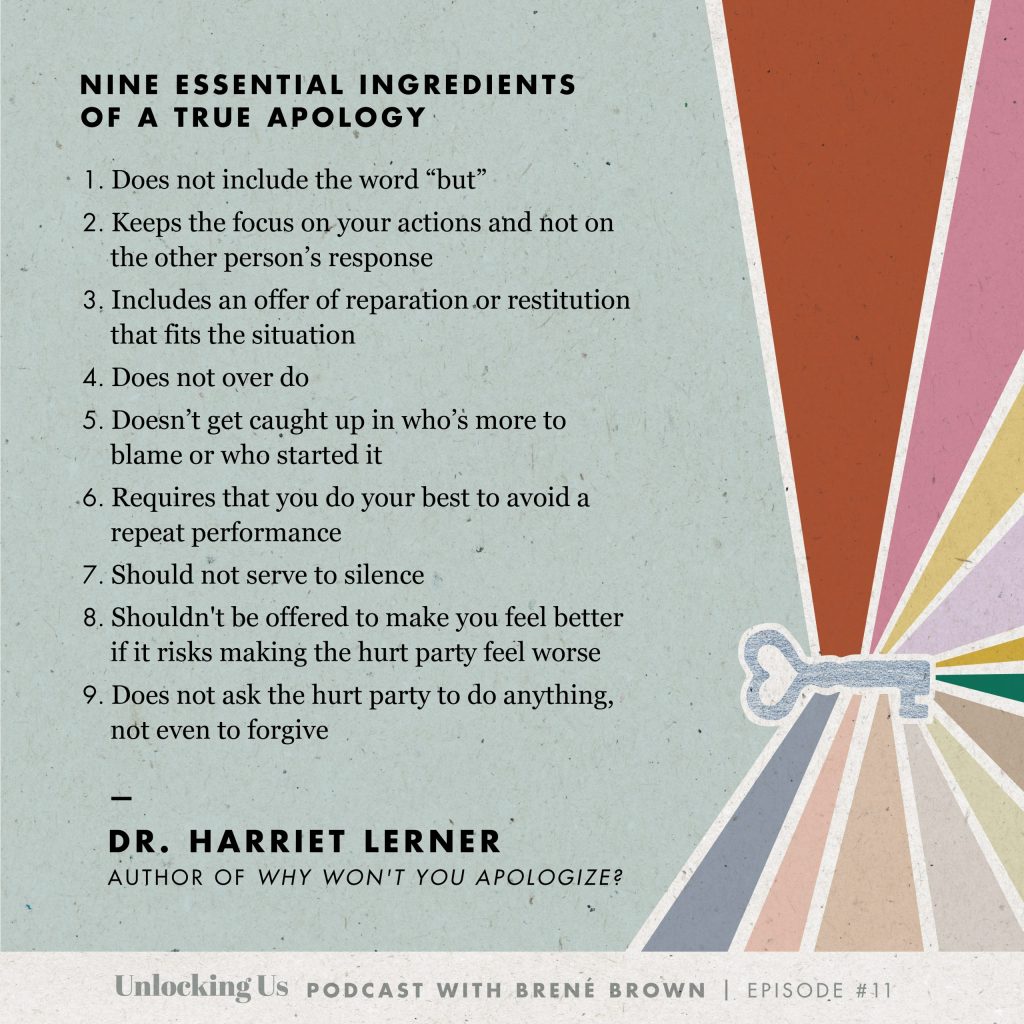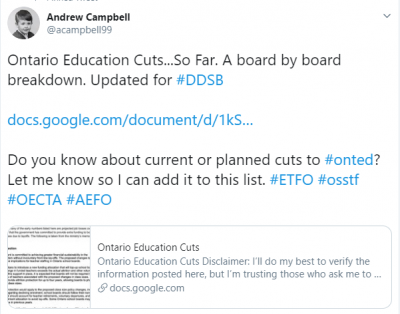This year, we celebrate 10 years of the Full Day Kindergarten program in Ontario.
While working on my undergraduate degree, I first learned of this program and I immediately fell in love with it.
My trust and passion for this program have only grown stronger since. My knowledge and curiosity of play-based learning continue to shape who I am as an educator.
I have had the wonderful opportunity to teach and collaborate in this program as an OCT and here is why I love it so very much:
- Play-based learning provides equal opportunity, includes all learners and meets students where they are at developmentally
- Assessment of students in this program reflects students strengths with a focus on what they can do rather than what they cannot yet do
- The focus on relationships, community and inclusion in this program allows for students to thrive at school and lays a foundation for the development of vital social and emotional skills that are transferable throughout their lives
- The Kindergarten program allows for early identification and early intervention for students with special education needs
- It is so. much. FUN
Congratulations to everyone who has been a part of developing and growing this program over the last 10 years and to those committed to the continuation of learning amongst our youngest citizens in Ontario. If you haven’t already, I strongly encourage the read of Dr. Gordon Cleveland’s research report titled “Ontario’s Kindergarten Program: A Success Story. How We All Benefit from Quality Public Full-Day Kindergarten” that was written in response to this milestone for Kindergarten in Ontario (https://www.etfo.ca/DefendingWorkingConditions/IssuesInEducation/Pages/Full-daykindergarten.aspx).
Happy 10 years, Full Day Kindergarten!



